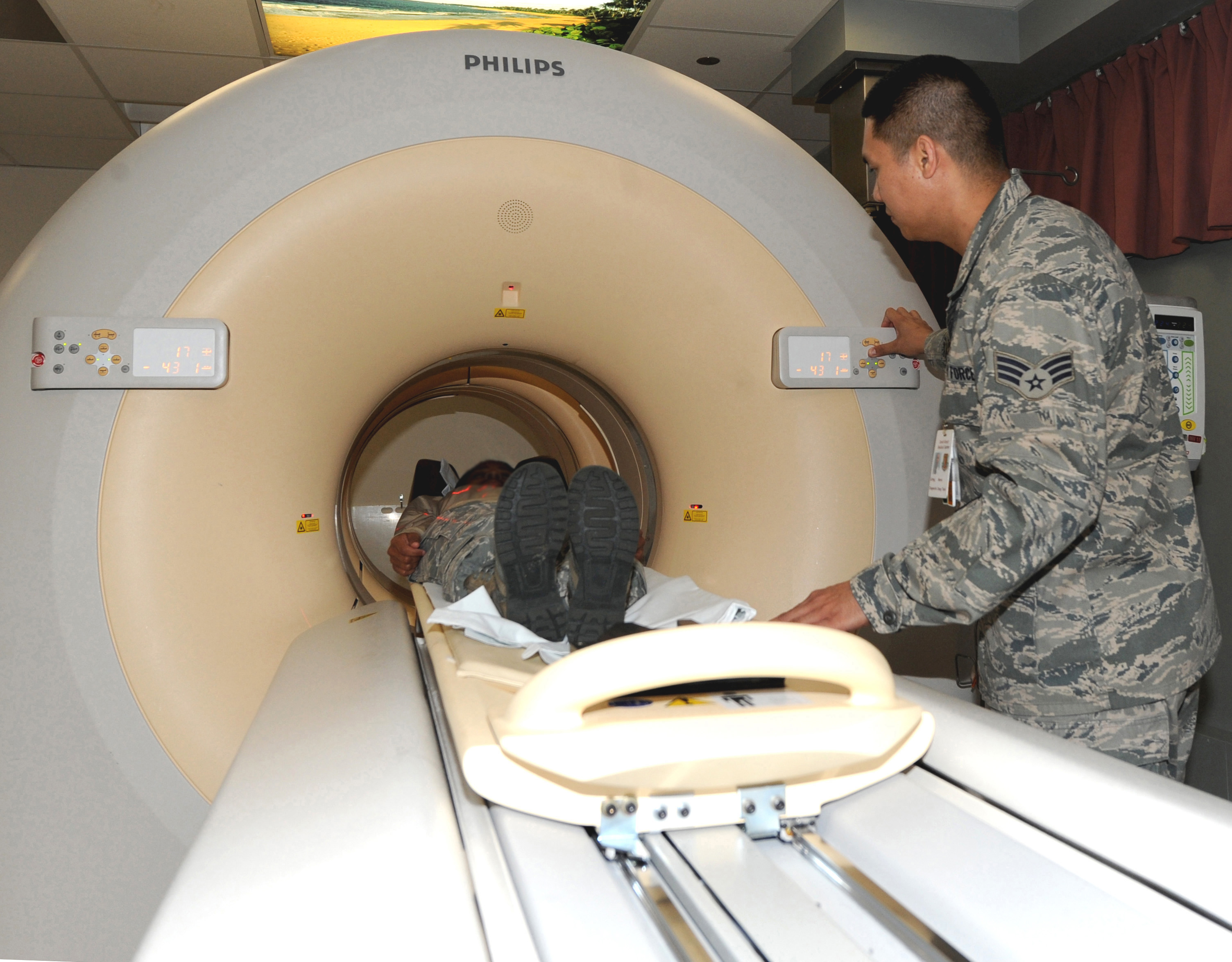A chest CT scan http://edition.cnn.com/search/?text=CT Scan is a more in-depth kind of chest x-ray. This painless imaging test takes numerous comprehensive pictures, called pieces, of your lungs and the inside of your chest. Computers can combine these images to produce three-dimensional (3D) designs to assist reveal the size, shape, and position of your lungs and structures in your chest. This imaging test is often done to act on abnormal findings from earlier chest x rays. A chest CT scan also can assist identify the cause of lung symptoms such as shortness of breath or chest pain, or inspect to see if you have particular lung issues such as a growth, excess fluid around the lungs that is referred to as pleural effusion, pulmonary embolism, emphysema, tuberculosis, and pneumonia.
Your chest CT scan may be carried out in a medical imaging center or medical facility. The CT scanner is a big, tunnel-like machine that has a table. You will lie still on the table and the table will move into the scanner. Talk with your doctor if you are uneasy in tight or closed areas to see if you need medication to relax you throughout the test. You will hear soft buzzing or clicking sounds when you are inside the scanner and the scanner is taking images. You will have the ability to speak with and speak to the professional carrying out the test while you are inside the scanner. For some medical diagnoses, a contrast dye, often iodine-based, may be injected into a vein in your arm before the imaging test. This contrast dye highlights locations inside your chest and produces clearer photos. You may feel some pain from the needle or, after the contrast color is injected, you may feel warm briefly or have a short-lived metal taste in your mouth.
Chest CT scans have some risks. In rare circumstances, some people have an allergy to the contrast color. There is a small threat of cancer, particularly in growing kids, because the test utilizes radiation. Although the amount of radiation from one test is usually less than the quantity of radiation you are naturally exposed to over 3 years, patients must not receive more CT scans than the number that clinical standards recommend. Another danger is that chest CT scans might discover an incidental finding, which is something that doesn't trigger symptoms today might need more tests after being discovered. Speak to your physician and the service technicians carrying out the test about whether you are or could be pregnant. If the test is not urgent, they may have you wait to do the test till after your pregnancy. If it is urgent, the specialists will take additional actions to protect your infant throughout this test. Let your physician understand if you are breastfeeding because contrast color can pass into your breast milk. If you need to have a contrast color injected, you may want to pump and conserve enough breast milk for one to 2 days after your test or you might bottle-feed your baby for that time.
Calculated tomography (CT scan or FELINE scan) is a noninvasive diagnostic imaging procedure that uses a combination of X-rays and computer system innovation to produce horizontal, or axial, images (frequently called pieces) of the body. A CT scan programs detailed pictures of any part of the body, including the bones, muscles, fat, and organs. CT scans are more comprehensive than basic X-rays.
In standard X-rays, a beam of energy is aimed at the body part being studied. A plate behind the body part records the variations of the energy beam after it passes through skin, bone, muscle, and other tissue. While much details can be obtained from a standard X-ray, a lot of information about internal organs and other structures is not available. CT Scan Naperville IL UBid Imaging In computed tomography, the X-ray beam moves in a circle around the body. This permits several views of the same organ or structure. The X-ray info is sent to a computer system that translates the X-ray data and shows it in a two-dimensional (2D) type on a screen.
UBid Imaging and Diagnostics, LLC
Business Office
Tollfree 855-286-7400
2135 City Gate Lane,
Suite 300
Naperville, IL 60563


